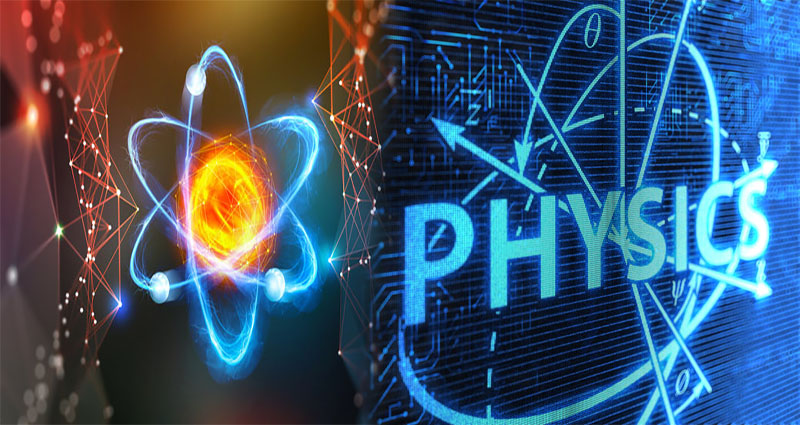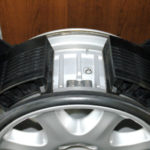Physics is a difficult subject, but it doesn’t have to be. Knowing these basic physics terms will help you understand the test and know what information to look for in each question.
Potential Energy
Potential Energy is the stored energy of an object due to its position relative to other objects.
For example, a ball at the top of a hill has more potential energy than one at the bottom because it can roll down and do work (move other objects). The force required for this change in position is called “gravitational potential energy”. The amount of gravitational potential energy depends on how high up on the hill you are standing and how far away from Earth’s center you are located.
If you throw something straight up into space with no air resistance or friction then it will travel all around earth before returning back again after an indefinite amount of time–the distance travelled will be equal to 2pr where r is half circumference length around Earth’s surface (or circumference) so if we assume radius 1m then total distance travelled would be 2 x p x R = 4pR
Kinetic Energy
Kinetic energy is the energy that an object has due to its motion.
It can be calculated as:
K = 1/2 * m * v^2
Gravitational Force
Gravitational force is the attraction between two objects due to their masses. The strength of this force is proportional to the product of their masses and inversely proportional to the square of the distance between them. Gravitational force is always attractive, no matter what direction you’re moving in or what kind of motion you’re going at (up, down, sideways).
Newton’s Second Law of Motion
Newton’s second law of motion states that the acceleration of an object is directly proportional to the force applied and inversely proportional to the mass of the object. For example, if you apply a greater force on a heavier object, it will accelerate less than if you apply that same force on a lighter one.
Density
Density is the mass of an object per unit volume. It can be calculated by dividing the mass by the volume:
For example, if you have a box that weighs 10 pounds and has a volume of 1 gallon, then its density will be 10 pounds/gallon = 1 lb/gal (pounds per gallon).
The density of common substances can vary widely depending on their chemical composition and temperature. Water has a high specific gravity because it’s made up mostly of hydrogen and oxygen atoms, which are each lighter than other elements (they have lower atomic weights). Air is less dense than water because it contains more nitrogen than oxygen; nitrogen is heavier than both hydrogen and oxygen.
Pressure
Pressure is the force per unit area. It can be measured in pascals (Pa), which are equivalent to newtons per square meter (N/m2). The basic equation for pressure is:
- Pressure = Force / Area
You’ll often see this written as P = F/A, where “F” stands for force and “A” stands for area. Pressure is related to density and volume, so if you know one of these values, you can calculate the other two using this equation:
- Density x Volume = Mass x Acceleration due to gravity
Torque
Torque is a force that causes rotation. It is defined as a couple, or the product of a force and its lever arm (the distance from the axis of rotation to the point of application of the force). The magnitude of torque is proportional to both these factors:
The magnitude of torque is proportional to both these factors:
- Force x Lever Arm = Torque
The distance from your hand (or whatever part) to where you’re rotating something matters because it determines how much effort it takes for that object not only to start moving but also keep moving in one direction or another. For example, if someone’s pushing down on your head with equal pressure everywhere on their hands (and thus no leverage), then there won’t be much difference between whether they’re standing two feet away from you or two inches away from each other–the amount required would be similar due to equal distances between each hand’s contact points with your skull.* If however one hand were further away than another then there would need more effort put forth due this increased leverage advantage gained by having more leverage over time; hence why having longer arms gives athletes more advantage over shorter ones during competitions such as basketball where shooting ability plays an important role.”
Knowing these basic terms can help you understand the test.
- Acceleration: The rate of change in velocity with respect to time.
- Angular Momentum: The product of an object’s mass and velocity. It is conserved in an isolated system, like the planets orbiting around the sun or an ice skater spinning on a frozen pond.
- Force: A push or pull that changes the motion of an object. For example, when you jump up into the air, gravity pulls down on your body with a force equal to your weight (the amount of matter contained within your body).
If you’re taking a physics class, it’s important to know these terms. If not, it’s still worth learning them so that when someone uses one in conversation with you (or even on the test!), you’ll be able to understand what they mean without having to ask for clarification.











